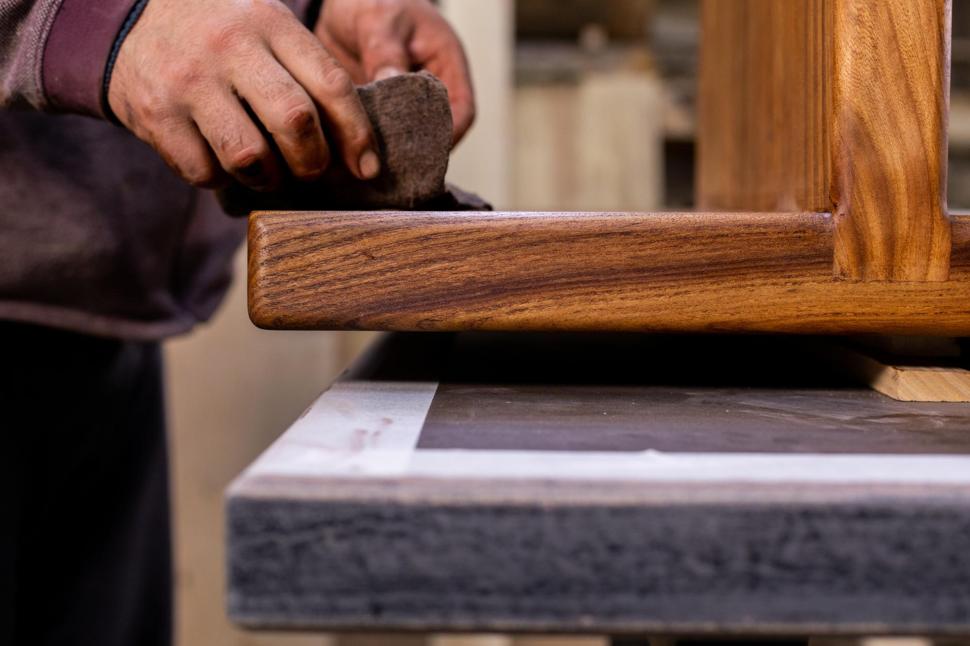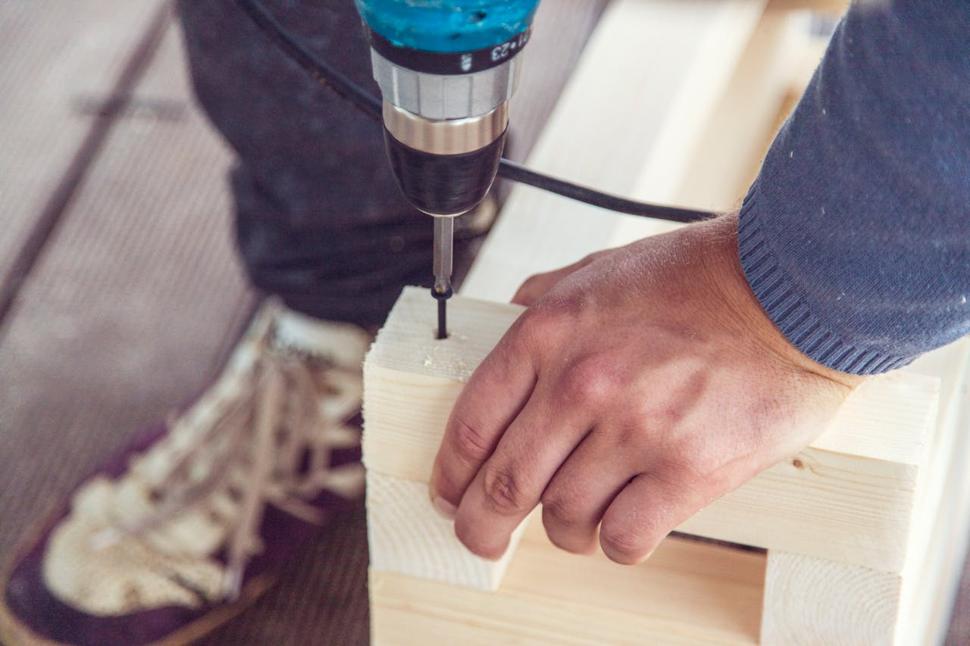Purchasing high-quality wood furniture is more than just an investment—it's about choosing pieces that bring beauty, strength, and lasting value into your home. Unlike mass-produced items, quality handcrafted furniture showcases superior craftsmanship, timeless design, and natural charm. Whether you're furnishing a living room, bedroom, or office, knowing how to identify real quality can help you make smarter choices and enjoy your furniture for years to come. This guide will walk you through the key factors to consider when evaluating wood furniture. From the type of wood used to the construction techniques, finishing details, and overall durability, we’ll cover everything you need to know to distinguish between good and exceptional pieces. Let’s dive in and discover what makes real quality furniture stand out from the rest. When it comes to furniture, hardwoods like oak, maple, and walnut are often preferred for their density and strength. These woods are ideal for high-traffic areas and long-lasting use. On the other hand, softwoods such as pine and cedar are lighter and more affordable, but they can still offer great results if properly crafted and maintained. One of the most important distinctions in quality furniture is whether it's made from solid wood or engineered materials. Solid wood furniture is built entirely from natural timber, offering unmatched durability and a unique grain pattern that adds character. Engineered wood, like MDF or plywood, may be more budget-friendly, but it lacks the authenticity and longevity of solid wood. For those looking for long-term value, solid wood is usually the better choice. The way a piece of furniture is put together says a lot about its quality. Traditional joinery methods like dovetail, mortise and tenon, and dowel joints are signs of skilled craftsmanship. These techniques not only make the furniture stronger but also give it a more refined look. Quality furniture is all about the small details. Look for smooth edges, even finishes, and hidden hardware. These elements show that the maker took care to perfect every part of the piece. These details matter, especially when buying solid wood bedroom furniture, where both function and style are essential. The finish on your furniture not only enhances its look but also protects it from damage. Common options include varnish, lacquer, oil, and wax, each with its own benefits. A quality finish should feel smooth, look even, and be free of blemishes. Run your hand over the surface to check for roughness, and look for uniform color and grain. Any dents, scratches, or uneven areas could signal lower quality or poor craftsmanship. Handcrafted furniture often receives more care during the finishing process, resulting in a more beautiful and longer-lasting product. The right finish not only enhances the wood but also helps protect it from daily use. High-quality wood furniture tends to be heavier due to the dense nature of solid wood. This weight is a sign of robust construction and long-term durability. When shopping, lift a chair or drawer to feel the difference between solid wood and cheaper alternatives like particleboard. Also, test the stability by placing the furniture on a flat surface and gently shaking it. If it wobbles or feels loose, it may not be built to last. The quality of the hardware—like hinges, handles, and drawer slides—can greatly affect the performance of your furniture. Look for sturdy, well-made components that move smoothly and are resistant to rust and wear. Well-crafted hardware not only improves functionality but also adds to the overall aesthetic. It's a small detail that can make a big difference in the quality of your furniture. By paying attention to weight, stability, and hardware, you can better assess the durability and practicality of any wood furniture you’re considering. Combining this with the other factors covered in this guide ensures you’re making a smart, long-term investment in your home. Dressing Pad,String Cotton Coil,Absorbent Cotton Ball,Colored Cotton Balls COTTONWHISPER (TAIZHOU) DAILY PRODUCTS CO.,LTD , https://www.cottonwhipershop.comHow to Spot High-Quality Wood Furniture

Understanding the Types of Wood Used
Hardwoods vs. Softwoods
Solid Wood vs. Engineered Wood
Construction and Craftsmanship
Joinery Techniques Matter

Details That Speak Volumes
Finish and Appearance
Choosing the Right Finish
Inspecting the Surface
Testing for Durability and Functionality
Weight and Stability
Hardware and Fittings
How to Identify Quality Wood Furniture
August 9th, 2024 Blog